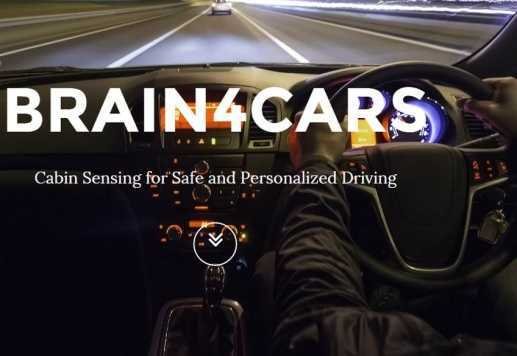Ένα νέο σύστημα αποφυγής συγκρούσεων που ονομάζεται Brains4Cars και αναπτύσσεται από ερευνητές του Cornell και του Stanford University προσθέτει μια φωτογραφική machine στο όχημα που παρακολουθεί τον οδηγό και τη language of his body. 
The computer connected to the camera monitorings can record the driver's facial and head movements, and guess when he tries to turn or change lanes.
With data and receiving input from another camera and a radar that monitor the environment, the system can warn the driver of anything dangerous it detects, according to Engadget.
For example, if the driver turns left, the left side of the steering wheel or seat will start to vibrate as a warning. Researchers believe that visual signals and sound signals could be incorporated into the system, providing extra security. Additionally, the system can also receive GPS information to alert the driver if he accidentally twists or drives upside down to a one-way street.
To develop the system algorithm, the researchers recorded 10 guide activities for two months. They then analyzed the data from several driving videos. The result;
Their algorithm was able to predict the actions of the 3,53 driver seconds before executing them and was correct in predictions of 77,4%.
Obviously, the system Brains4Cars is not perfect yet, but think that the sample used by the researchers to develop the algorithm was very small (just 10 individuals).
Researchers continue to develop the system protections looking to add more features, such as touch sensors on the steering wheel and brake pedal, as well as infrared sensors.
Watch the video





